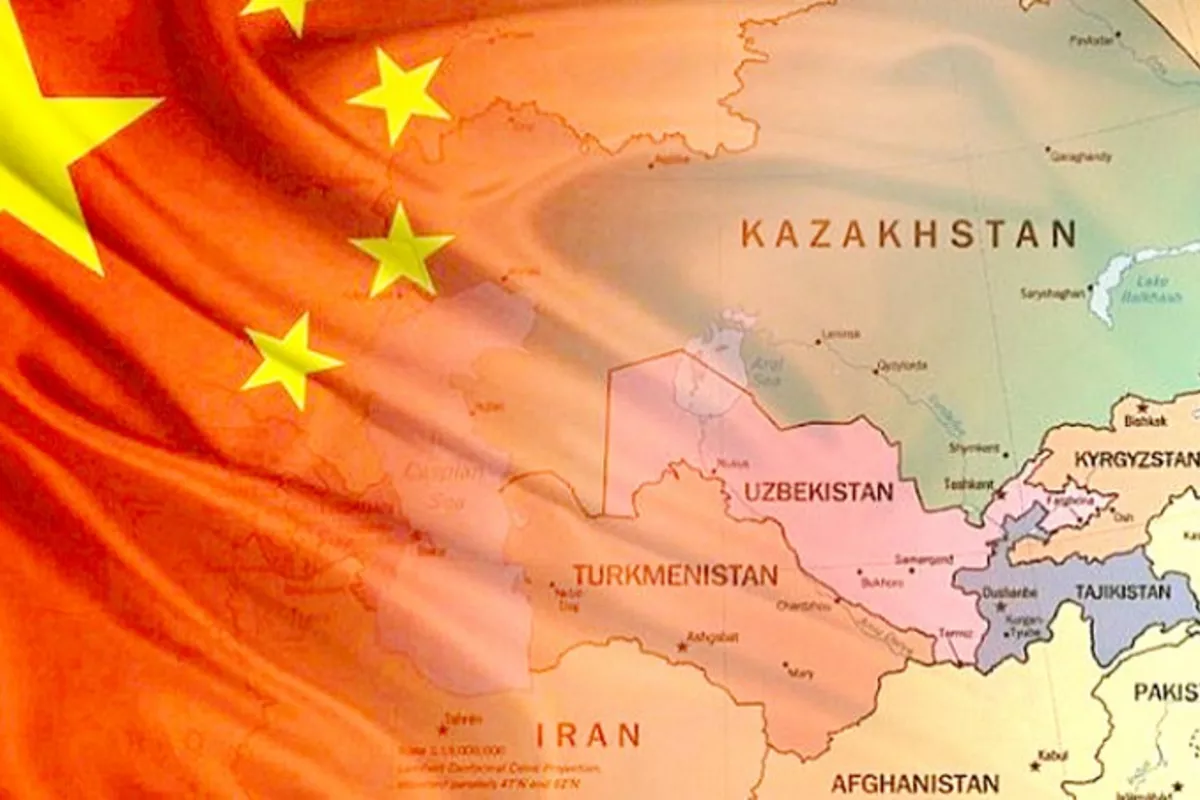
Photo: Shutterstock
Central Asia attracted $25 billion in Belt and Road Initiative (BRI) investments in the first half of 2025, marking a record surge alongside Africa, which received $39 billion.
The figures come from a joint report by Australia’s Griffith University and China’s Green Finance and Development Center, The Caspian Post reports, citing The Astana Times.
The report, published on July 17, indicates that the first half of 2025 marked a record high for BRI activity, with construction contracts reaching $66.2 billion and investments totaling approximately $57.1 billion, making it the most active six-month period since the initiative began in 2013.
This amounts to roughly $124 billion through construction contracts and investments across 176 deals in the first half of this year, compared to $122 billion in BRI engagement for all of 2024.
“Regarding BRI investments, Kazakhstan was the single largest recipient with approximately $23 billion in investments in 2025 H1, followed by Thailand ($7.4 billion) and Egypt ($4.8 billion),” reads the report.
In terms of sectors, the energy, metals and mining, and technology sectors observed growth in the first half of 2025 compared to the same period last year. The report noted that the focus of BRI international engagement remains in energy (35%).
“Compared to the early years of the BRI, the transport sector dropped to its lowest level of only 7.2% share of BRI engagement. Meanwhile, the metals and mining sector continued to expand its role as the second largest sector with about 20%, while the share of the technology sector contracted slightly to 13.3%,” reads the report.
Investments in technology and manufacturing across BRI countries more than doubled to reach $23.2 billion, with a notable focus on solar power, electric vehicle batteries, and hydrogen.
In comparison, investments in metals and mining reached a record high of $24.9 billion in the first half of this year, surpassing any previous full year since 2013.
“Kazakhstan saw the most important engagement through $12 billion in aluminium and another $7.5 billion in copper,” reads the report.
The report indicates that BRI investments are unlikely to be significantly impacted by global economic turmoil.
“For 2025, a further expansion of BRI investments and construction contracts seems possible despite (or because of) global economic headwinds driven by U.S.-led trade impositions. On the one hand, there is a clear need for investments to green boost growth to support the green transition, both in China and in BRI countries,” reads the report.
Since Chinese President Xi Jinping officially launched BRI in 2013 in Kazakhstan’s Astana, BRI engagement has hit $1.3 trillion.
Share on social media
